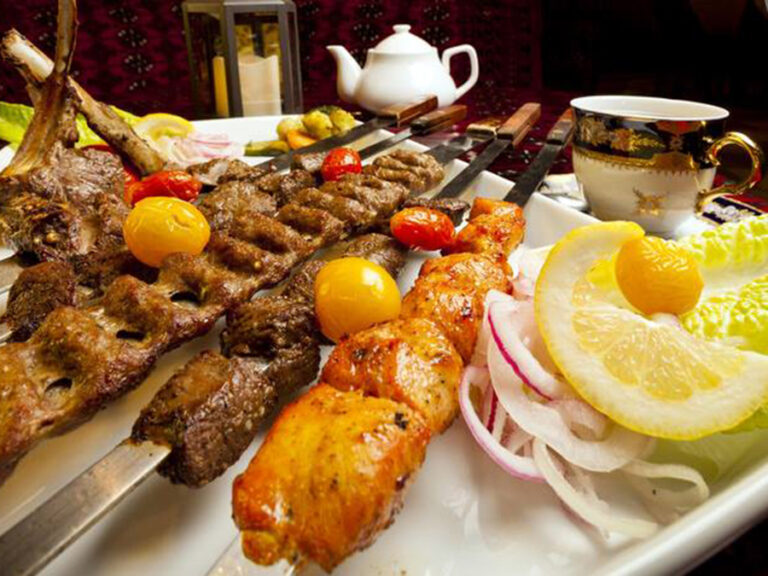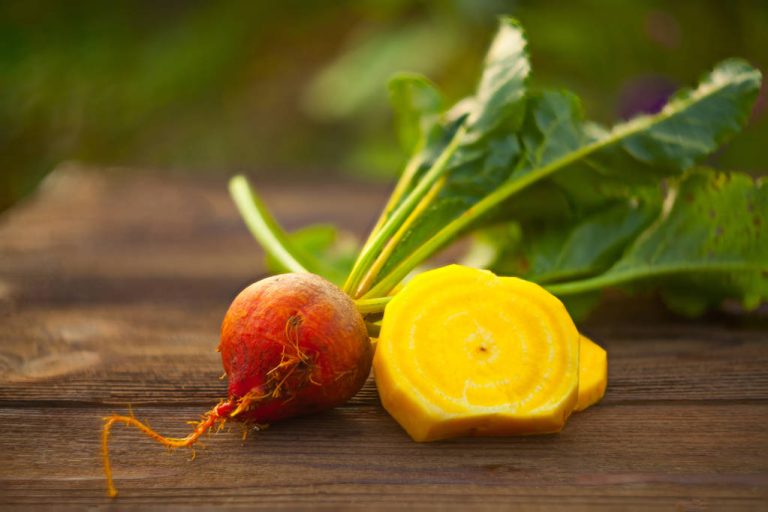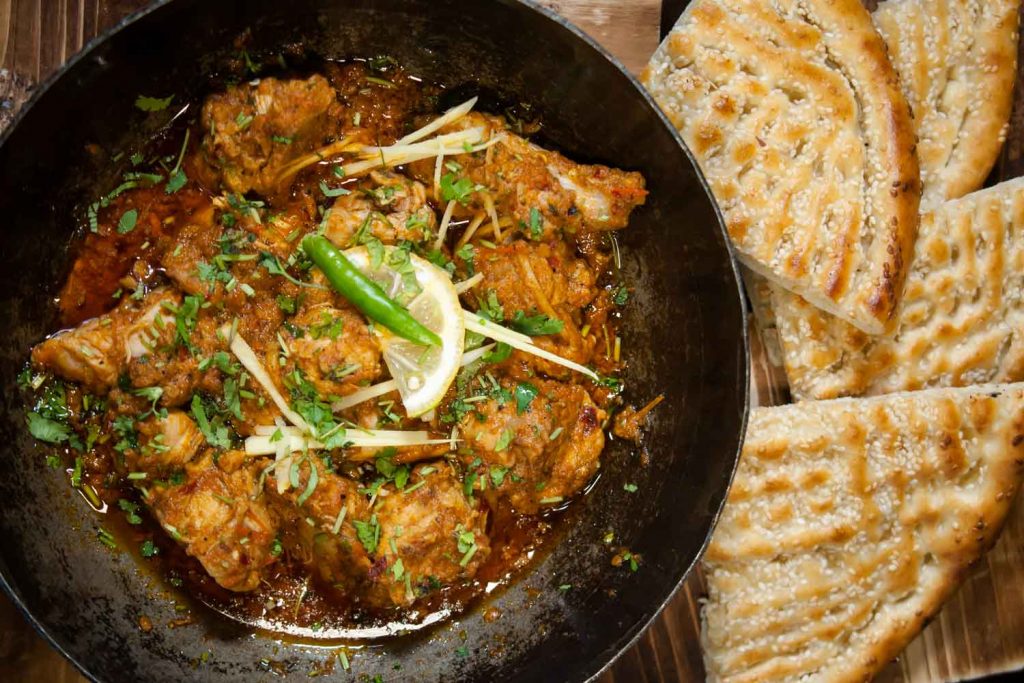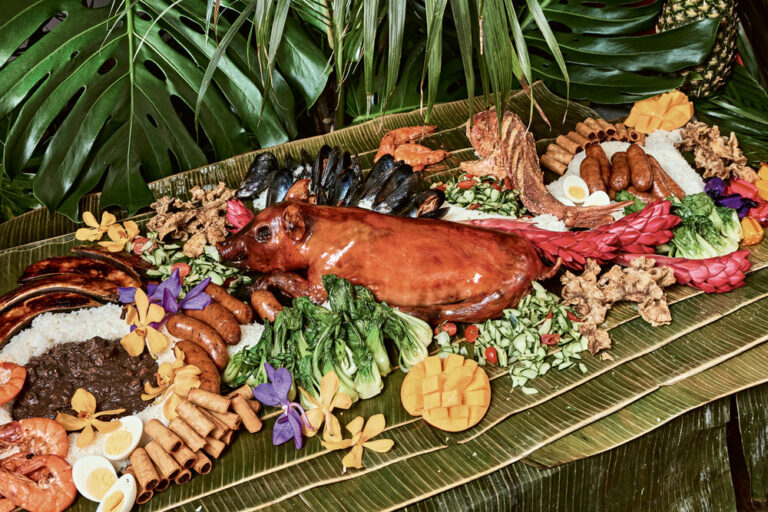Introduction: Afghan Street Food Beyond Kebabs
Afghanistan is a country that has been primarily associated with war and conflict for decades. However, it is also a country with a rich and diverse culinary tradition that has been influenced by the region’s history and geography. While kebabs are perhaps the most commonly known Afghan street food, there is a wide variety of dishes that are lesser-known but equally delicious. In this article, we will explore the diversity of Afghan street food and the different factors that have shaped it.
Geography and Influences on Afghan Street Food
Afghanistan is a landlocked country that shares borders with Iran, Pakistan, Uzbekistan, Turkmenistan, China, and Tajikistan. This has led to a diverse range of culinary influences and ingredients. For example, in the north of the country, you’ll find dumplings that are similar to those found in Uzbekistan. In the south, near the Pakistani border, you’ll find samosas and naan bread. Moreover, the country has a rich history, and different rulers and invading forces have left their culinary imprint on Afghan food. For example, the Mughal Empire, which ruled parts of South Asia, brought biryani to the country.
Afghan Street Food: A Culinary Fusion of East and West
Afghanistan, like many countries, has a complex culinary history that has been shaped by different cultural influences. Afghan street food is a fusion of East and West, with Middle Eastern, Central Asian, and South Asian influences. For example, the preparation of kebabs, which are ubiquitous in Afghan street food, is influenced by the Persian tradition of marinating meat in yogurt. The use of rotis, a type of flatbread, is similar to that found in Indian and Pakistani cuisine. In addition, the country’s geography has also influenced its food. For example, the high altitude of the country’s mountain ranges means that bread is often baked twice to ensure it remains soft and fluffy.
The Role of Spices in Afghan Street Food
Spices play a crucial role in Afghan street food. They are used to add flavor and aroma to dishes and often include coriander, cumin, turmeric, and cardamom. The use of spice in Afghan cuisine is influenced by the country’s history as a stop on the ancient Spice Route. Moreover, spices are also used for their medicinal properties. For example, turmeric is believed to have anti-inflammatory properties, and cardamom is used to aid digestion.
Vegetarian Options in Afghan Street Food
While Afghan street food is known for its meat-based dishes, there are also plenty of vegetarian options. For example, aushak is a traditional Afghan dish consisting of stuffed dumplings, and bolani is a type of stuffed flatbread that can be filled with potato, pumpkin, or spinach. Moreover, Afghan cuisine makes use of legumes, such as lentils and chickpeas, which are an excellent source of protein for vegetarians.
Popular Afghan Street Foods You Must Try
If you’re looking to sample Afghan street food, there are some dishes that are a must-try. Kebabs are a classic, and you can find them in many street food stalls. Another dish to try is mantu, which consists of steamed dumplings filled with spiced ground beef or lamb. Bolani, a stuffed flatbread, is also worth trying. It can be filled with a variety of vegetables, including pumpkin, potato, and spinach.
Afghan Street Food Beyond Afghanistan: A Global Presence
Afghan street food has a global presence, with many Afghan immigrants opening up restaurants and street food stalls in different countries. For example, in London, there are several Afghan restaurants that serve authentic Afghan cuisine. Moreover, Afghan street food has also been popularized in the West by food bloggers and writers who have highlighted the country’s diverse culinary tradition.
Conclusion: Exploring the Richness of Afghan Street Food
Afghan street food is a diverse and rich culinary tradition that has been influenced by the country’s geography, history, and culture. While kebabs are the most commonly known dish, there are many other lesser-known dishes that are equally delicious and worth exploring. From dumplings and stuffed flatbreads to lentil stews and spiced rice dishes, Afghan street food has something for everyone. So, if you’re looking for a new culinary adventure, why not try some Afghan street food?











